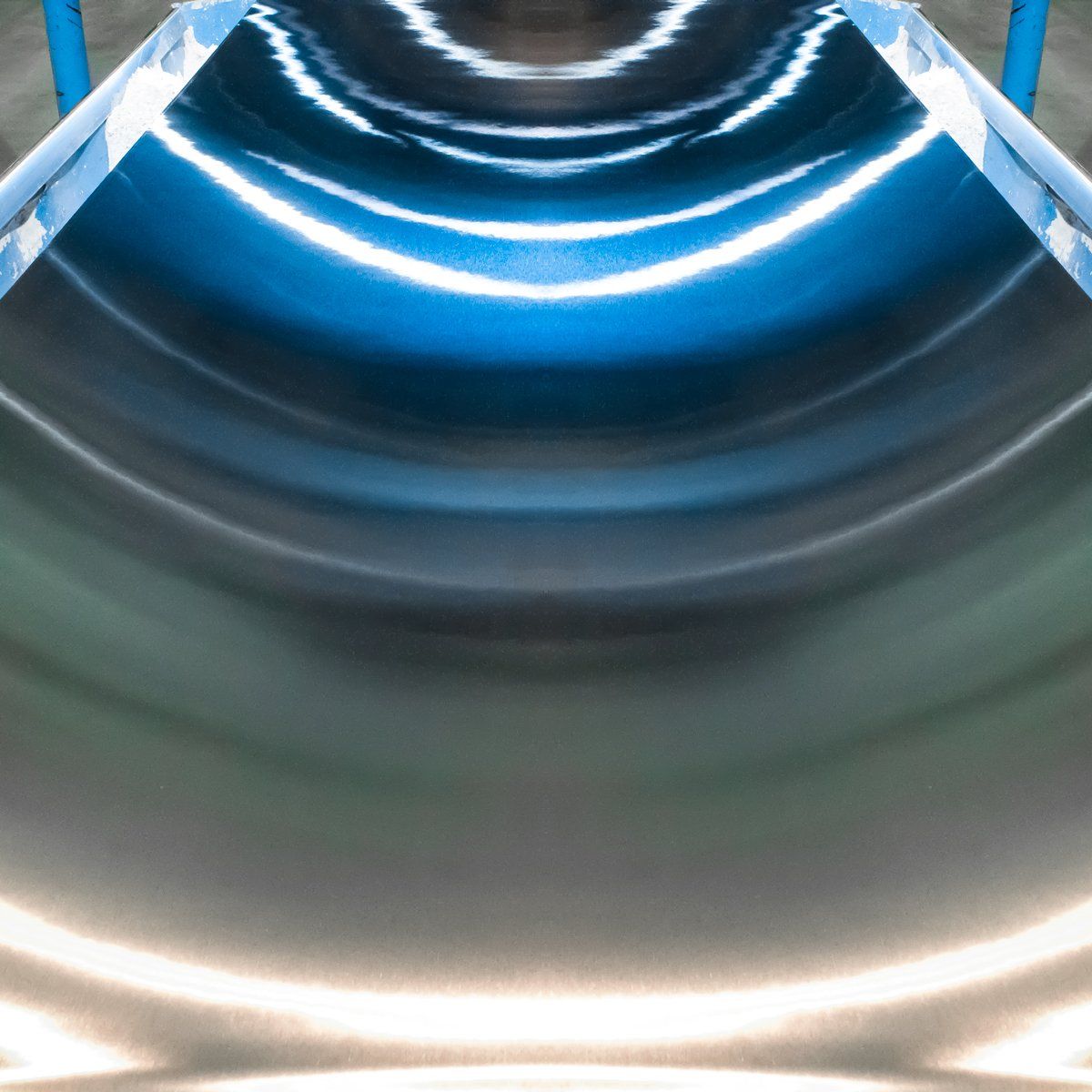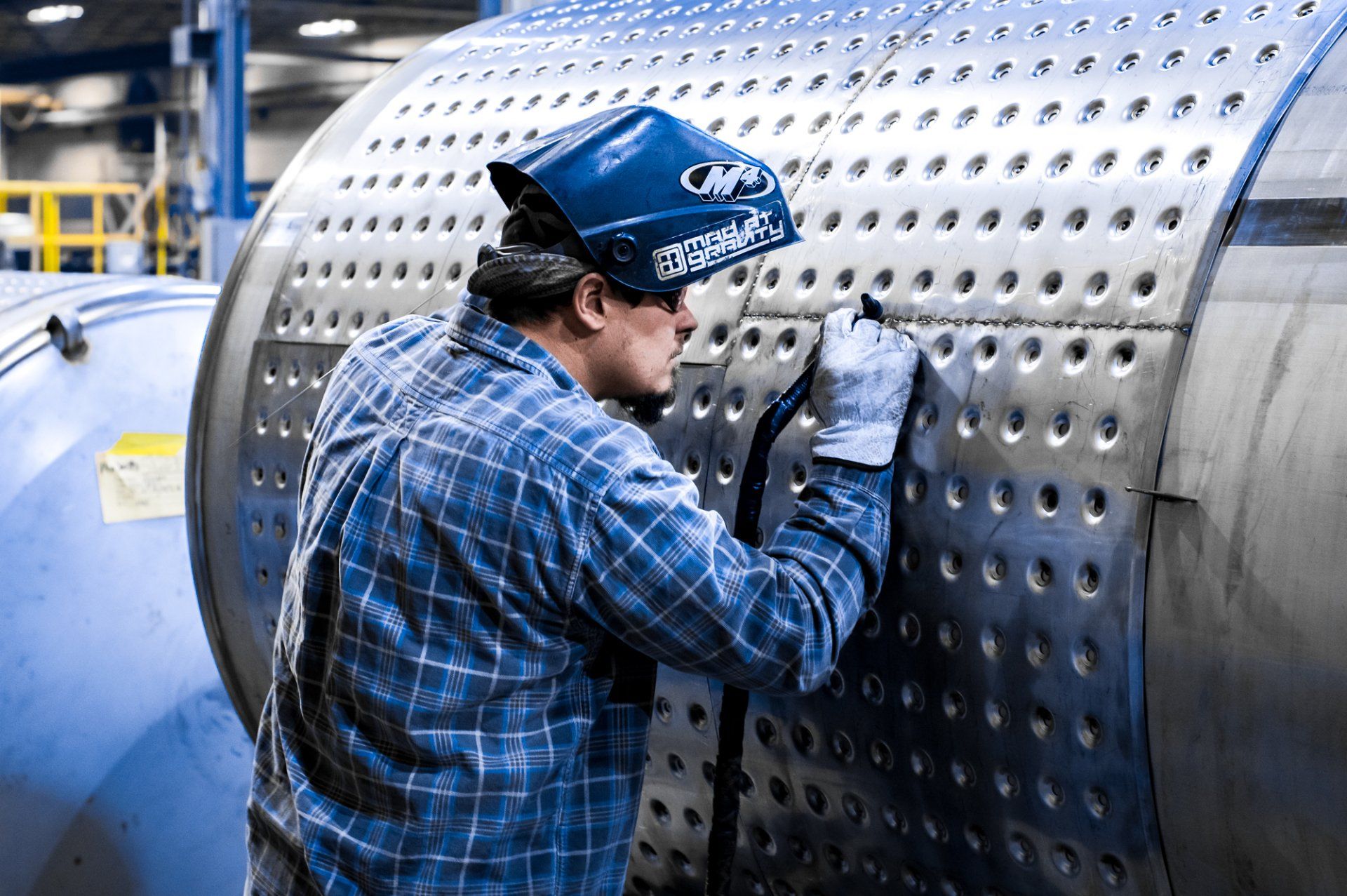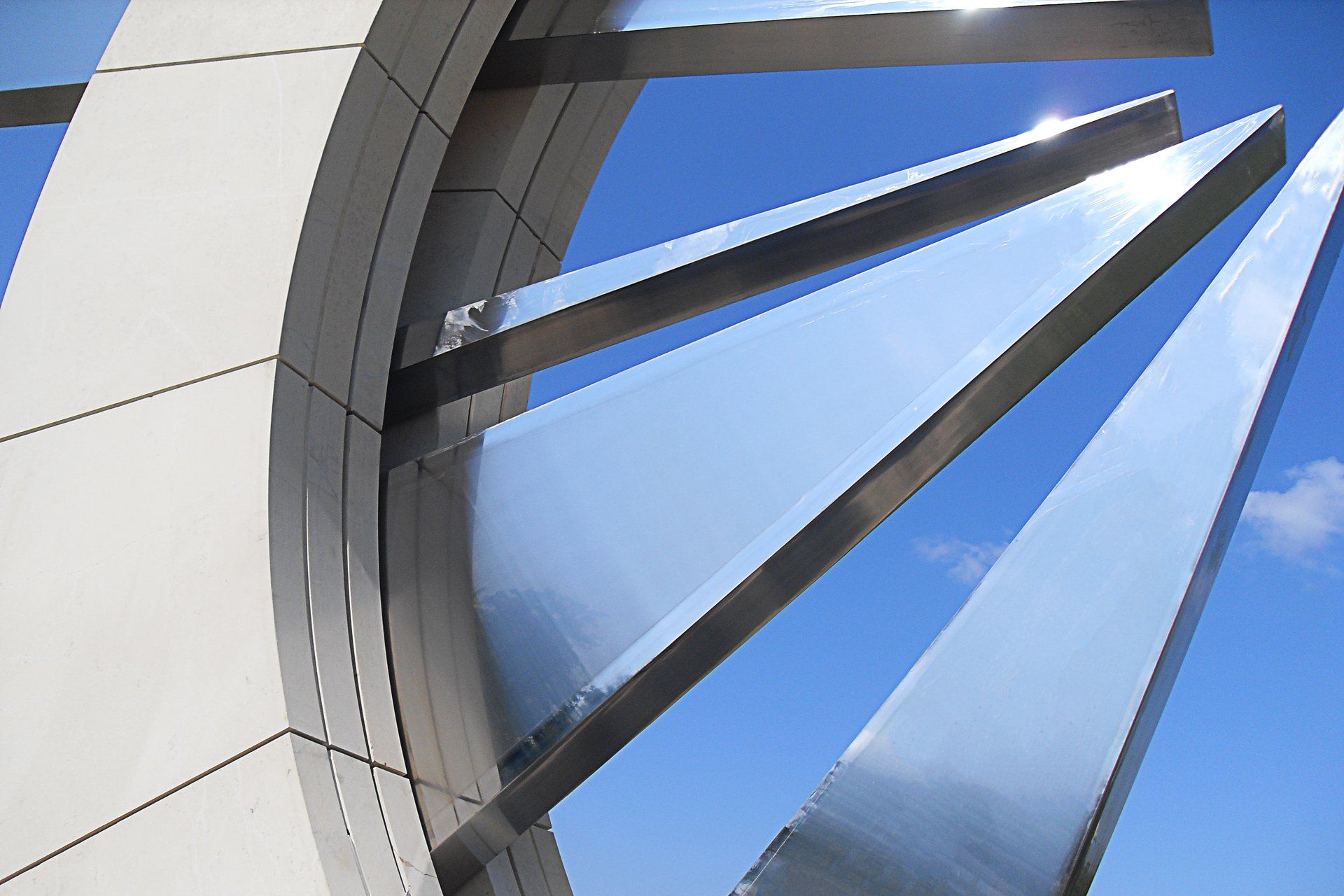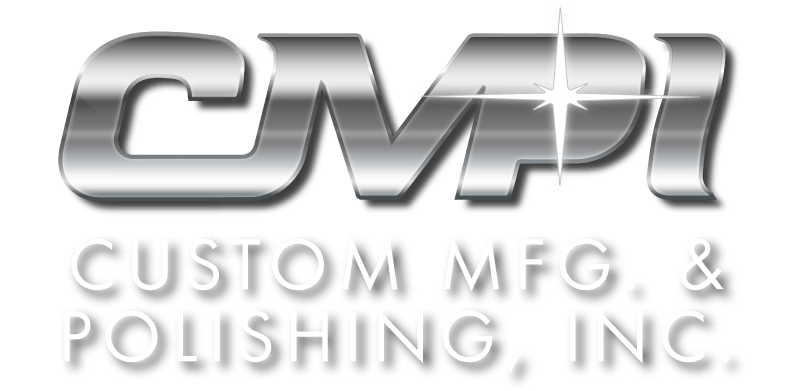4 Tips To Minimize Welding Distortion for Steel Products
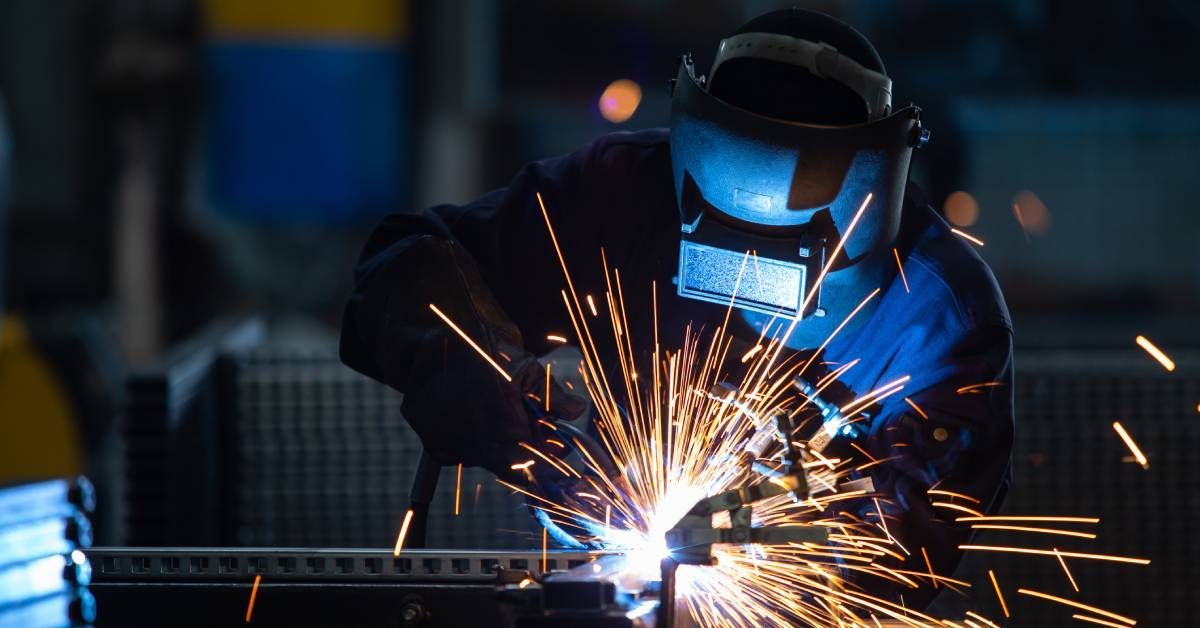
Welding distortion is a common challenge faced by many in the steel fabrication industry. It can lead to misalignment, structural weaknesses, and costly rework, affecting the overall quality of steel products. Continue reading for some helpful tips to minimize welding distortion for steel products.
Proper Welding Techniques To Reduce Heat Input
One of the primary causes of welding distortion is excessive heat input. By controlling the amount of heat applied to the weld area, you can significantly reduce the chances of distortion. Techniques such as using intermittent welding instead of continuous welding can help in managing heat input. Additionally, opting for backstep welding, where the weld progresses in a series of short welds in the opposite direction of the final weld, can be effective. This method allows for better heat distribution and minimizes the chances of warping.
Effective Clamping and Fixturing Methods
Proper clamping and fixturing are essential to hold the steel components in place during welding, preventing movement and distortion. Using strong, adjustable clamps and fixtures can ensure that the parts remain aligned as they cool down. However, it’s essential to position the clamps in a way that evenly distributes the clamping force. This approach keeps the steel components stable and reduces the chances of distortion. For larger projects, investing in specialized fixturing systems designed for welding can provide even greater stability and precision.
Strategic Weld Sequencing To Minimize Stress Buildup
The sequence in which you apply welds can have a significant impact on the level of distortion experienced in a steel structure. Strategic weld sequencing involves planning the order of your welds to balance the heat input and stress distribution across the workpiece. Start welding from the center and move toward the edges, or weld symmetrically along both sides of the joint. This method ensures that the stresses are evenly distributed and can counteract any potential distortion. Another approach is to use skip welding, where you weld non-adjacent segments in a staggered manner, allowing each segment to cool before completing the next weld.
The Importance of Post-Weld Heat Treatment
Post-weld heat treatment (PWHT) is a crucial step for minimizing welding distortion and relieving residual stresses. By heating the welded steel to a specific temperature and then allowing it to cool slowly, PWHT helps redistribute any stresses that may have built up during the welding process. This controlled cooling process ensures that the steel retains its shape and structural integrity. You can apply different types of PWHT, such as stress relieving or normalizing, based on the specific requirements of the project. Incorporating PWHT into your welding process can greatly enhance the quality and durability of your steel products.
These tips to minimize welding distortion for steel products are essential for producing high-quality work that meets industry standards. CMPI offers a variety of heat transfer surfaces, including dimple jackets for welding, to optimize the media flow to the exterior of a tank, pressure vessel, or other fabrication. Contact us today to learn more about our welding services.
